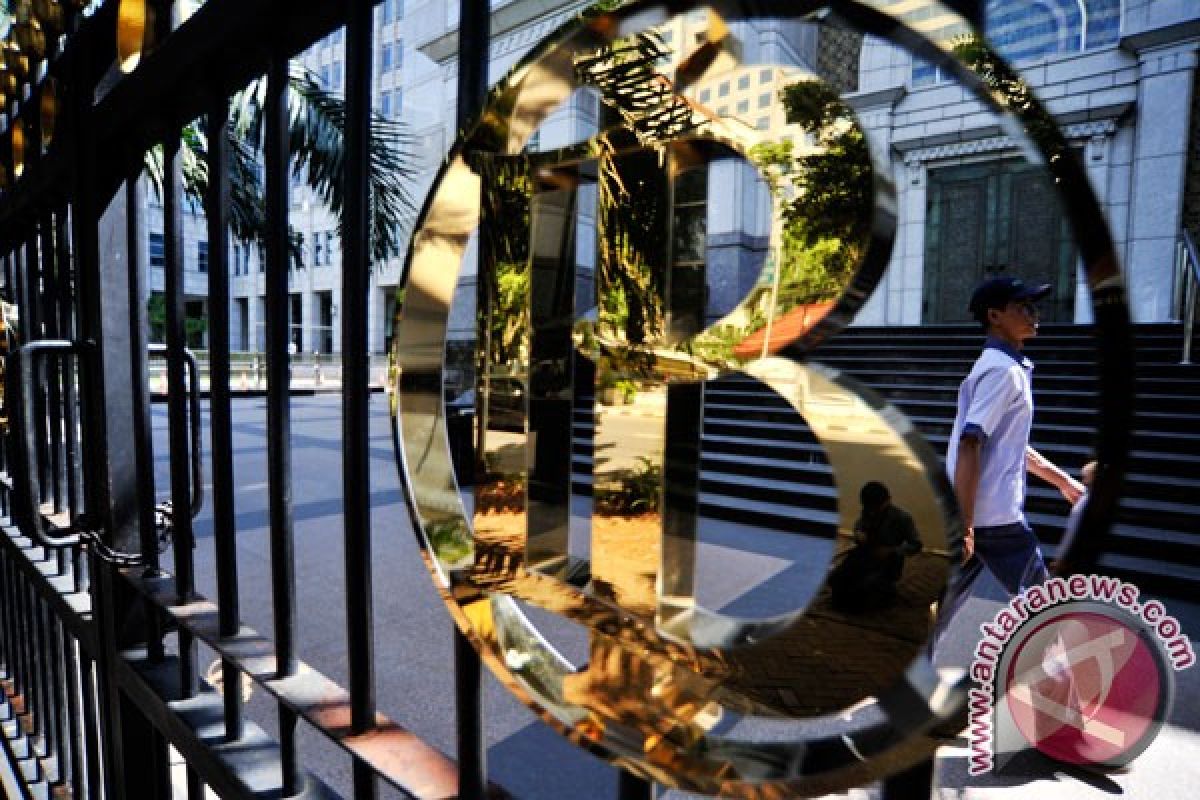"The structure of short- and long-term interest rates is projected to rise."Jakarta (ANTARA News) - Bank Indonesia (BI) left the reference rate unchanged since February at 5.75 percent on Thursday.
The central bank`s executive director of strategic planning and public relations Dody Budi Waluyo said the board of governors made the decision upon conviction inflation would remain under control in the future.
He said BI however still saw relatively high inflation expectations and a weakening tendency in the rupiah exchange rate due to global economic uncertainty.
In view of that BI plans to raise the interest rate of monetary operation instruments and continue to absorb excess rupiah liquidity to control short-term inflationary pressures and support stability of the rupiah exchange rate.
"The structure of short- and long-term interest rates is projected to rise to boost investment in domestic securitiesm" Dody said.
He said by continuing to strengthen monetary policy and macro-prudential measures and policy coordination with the government through the Inflation Control Team at central and regional forum levels Bank Indonesia believed the rate of inflation in 2012 and 2013 would remain at the targeted range of 3.5 and 5.5 percent.
He said Bank Indonesia`s board of governors viewed the country`s economy still grew strongly in the midst of global economic slowdown.
In the first quarter the country`s economy grew 6.3 percent which was lower than BI`s estimate.
The country`s economic growth remained quite strong, supported by consumptions and investment but exports had dropped in line with weaker global demand.
Three main sectors driving the growth are processing industries, trade, hotel and restaurants and transportation and communication sectors.
In the future remaining strong domestic demand would continue supporting the country`s economic performance.
Private consumption is expected to grow high driven by increasing middle-income people and relatively high disposable income.
Investment growth is predicted to remain high in line with needs for increasing national production capacity to meet rising demand. Overall, the growth in 2012 could reach 6,3 to 6.7 percent.
(Uu.H-YH/F001)
Editor: Priyambodo RH
Copyright © ANTARA 2012












